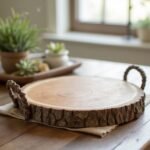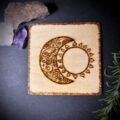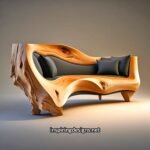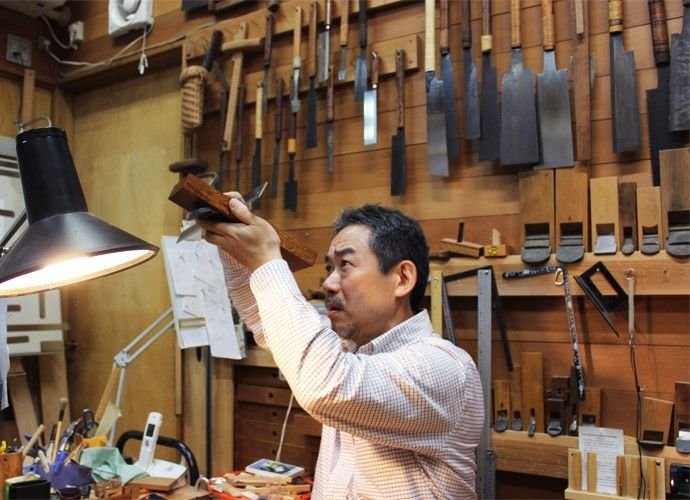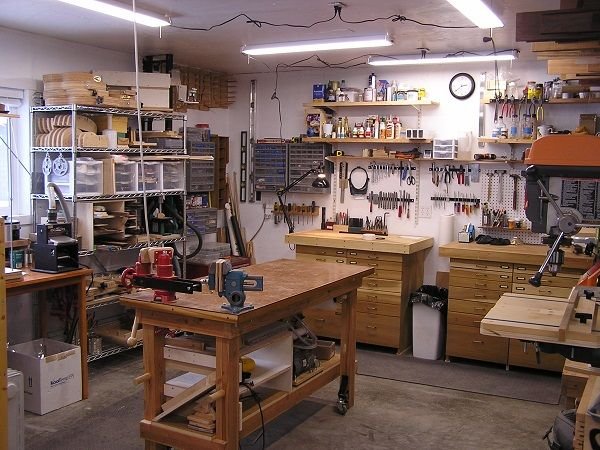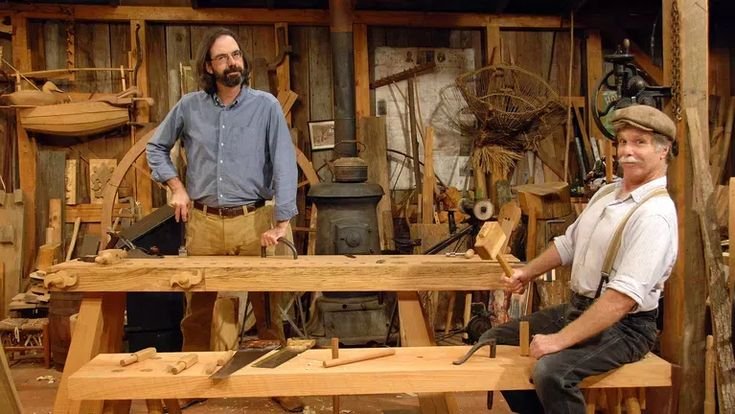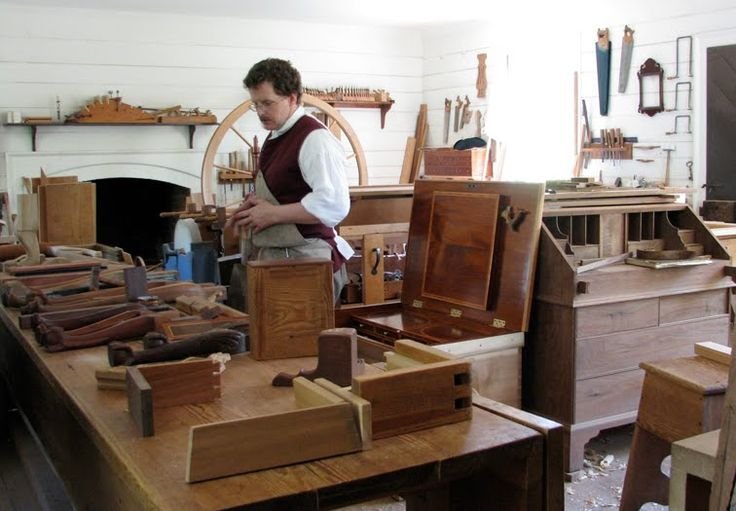A Journey into 3D Printing and Woodworking
So, let me pour you a cup of coffee and settle in. You know, gardens around here aren’t the only thing growing these days. Us DIY-ers in small towns are getting a bit fancy with technology. I’m talking about 3D printing in woodworking. Yeah, I know—sounds a bit high-tech for your average guy with sawdust under his fingernails, right? Trust me, I was skeptical at first too. But it led to some of the craziest projects, some major blunders, and of course, a couple of “Ah-ha!” moments.
The Initial Curiosity
I remember the first time I stumbled upon the idea. It was one rainy Saturday afternoon; you know, the kind where you’re stuck inside listening to the rain pitter-patter on the roof like it’s trying to write a symphony? I was scrolling through Facebook—or maybe it was Instagram—and I saw this guy who made intricate wooden designs by combining traditional woodworking and 3D printing. At first, I thought, “What in the world?” I mean, this wasn’t the woodworking I learned from my granddad. He always said if it was good enough for him, it’s good enough for me. But hey, curiosity got the better of me.
I remember thinking, maybe there’s something here that could level up my game. So, I dove down the rabbit hole for a few weeks—reading everything I could find, watching videos till my eyes felt like they were going to fall out, and eventually laying down the cash for a modest 3D printer from a local shop. I went with a Creality Ender 3 because, honestly, it was reasonably priced and had decent online reviews. You know how it is; if you get sucked into forums, everyone starts sounding like an expert.
The First Project Fiasco
So, fast forward a couple of weeks. I figured it was time to try my hand at something. I had this old coffee table that my grandma used to use as her sewing station—it was starting to get a bit wobbly and needed some love. I thought, “Why not jazz it up with some decorative legs?” I found a cool 3D model online that looked like twisting vines and thought that would be perfect.
I had no idea what I was doing, but let me tell you, the smell of that PLA filament is a memory I won’t forget; kind of like candy but also strangely plastic-y. I started printing those legs, and I’ll be honest, the first one turned out like a deformed noodle. I nearly threw the whole printer out the window! I almost gave up then and there.
But instead of tossing in the towel, I took a breath and tried again. Turns out the temperature settings were off—who knew? A little tweak here and a bit of calibration there, and the next batch came out looking decent enough. One of those moments where you look at it and just laugh, half in disbelief that somehow it actually worked, you know?
Fitting It All Together
Once I had four decent, non-noodle-like legs, the real challenge began. I needed to figure out how to attach those beauties to my old table. It sounds straightforward, but let me tell you, working with a blend of materials like wood and 3D-printed plastics has its own quirks. The plastic was light, but when I screwed them into the wood, they just wouldn’t hold properly. Can you believe it? It felt like I was trying to fit a square peg into a round hole.
I looked around the garage, surrounded by the smell of sawdust and old varnish. Then it hit me; I had some brackets lying around from when I was on a shelving kick last winter. A little improvisation worked wonders. A few screws, some wood glue, and suddenly I had the legs securely attached, standing tall and proud. Okay, I might be a little too excited, but it felt like I was running a mini-woodworking revolution right in my garage.
Lessons Learned
If I’m honest, this whole 3D printing thing was almost a Pandora’s box. I began to intertwine it into my projects all the time, and it led me to a few more flops than I care to admit. Like that time I tried making the world’s most complicated wooden puzzle box with printed parts; it unraveled into a pile of splinters and failed fasteners. I learned that not every project is meant to be a masterpiece, and that’s okay.
I realized, too, that what I really enjoyed wasn’t just the result but the journey—the tinkering, the mess-ups. It became a way to marry this new technology with traditional craftsmanship. It’s like adding a sprinkle of salt to chocolate chip cookies; somehow, it just enhances everything.
Wrapping It Up
So, if you’re hanging around, contemplating trying your hand at combining 3D printing with woodworking, my advice is simple: just go for it! You might find yourself chasing after a tech rabbit that you never knew existed. Along the way, you might mess things up a bit—you’ll probably get frustrated and feel like throwing things—but then there will be laughter when it all actually clicks. Trust me; the smell of sawdust mixed with a hint of plastic will become one of your new favorite scents.
Remember, it’s not about whether the end result is perfect; it’s about what you learn along the way. We’re all just a bunch of small-town folks making things with our hands, after all. Enjoy the ride!

